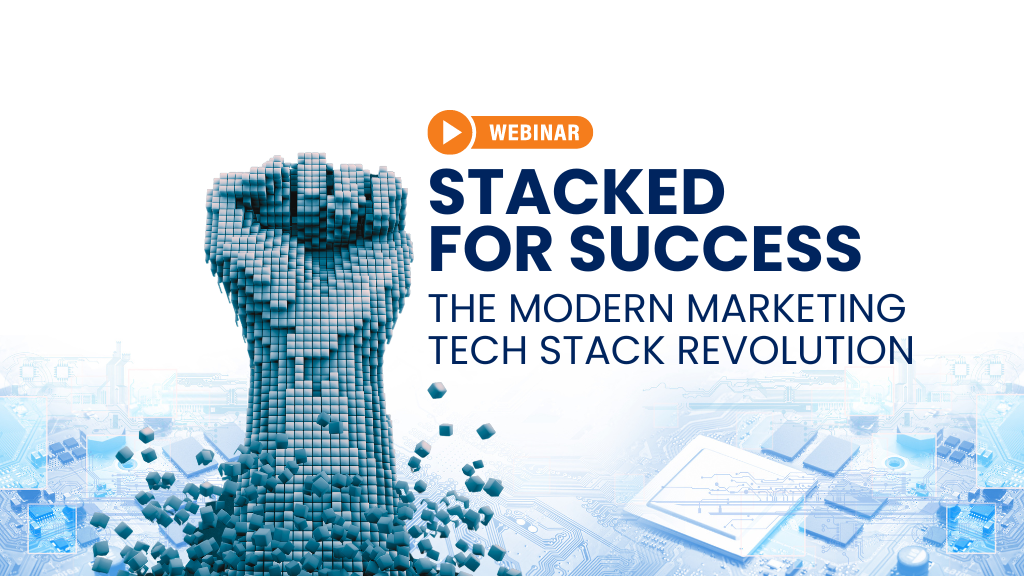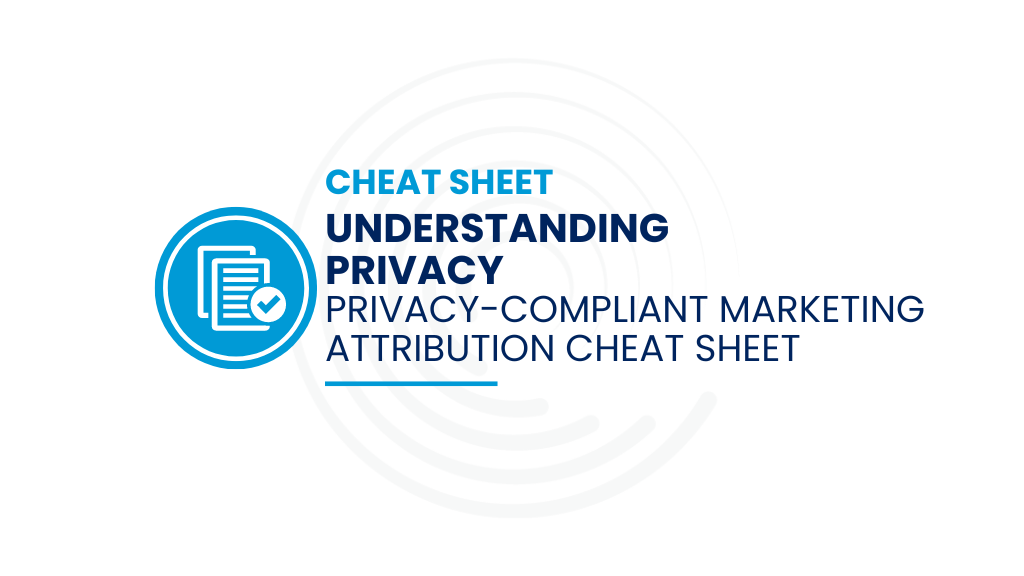The rise of account-based marketing (ABM) has been a perennial favorite in B2B marketing trend roundups, but it’s now clear ABM is much more than just a trend. Foundry’s 2022 ABM & Intent Benchmarking Study identifies ABM as the dominant marketing strategy in the B2B space, with a whopping 94% of marketers surveyed reporting that they have a formal ABM strategy in place.
Another eye-opening statistic from the study: Eighty-one percent of marketers said quantifying ABM program results is a top challenge. That speaks to an overarching theme of ABM trends for 2023 — as adoption of the strategy reaches the saturation point, marketers are leaning into measurement to nudge their ABM programs toward greater maturity. Here’s a closer look at five of this year’s strongest ABM trends.
- Greater efficiency from ABM: ABM is the dominant approach in B2B marketing for a simple reason: it’s efficient. That’s why it will continue to dominate in 2023 and beyond. Instead of wasting resources putting content in front of businesses that don’t fit your ideal customer profile (ICP) and aren’t showing signs that they’re in the market for your products or services, ABM lets you engage accounts that do fit your criteria and display behavioral cues that indicate a readiness to buy. So, ABM is here to stay because it will continue to deliver greater efficiency.
- Increase in focus on account activation: Another trend we’ll see grow in 2023 is a sharper focus on account activation, with marketers shifting focus away from person-based funnels to account-based funnels so they can track account activation. Before ABM became the most popular B2B marketing strategy, marketers focused on qualifying leads for sales. Now, account activation is Job #1. Metrics that are rooted in the Forrester B2B Revenue Waterfall framework, such as detected to engaged conversion rates, can help marketers monitor account activation.
- Marketing and sales alignment around the metrics that sales cares about the most: One of the many advantages of an ABM approach is that it puts marketing and sales teams on the same page and fosters more collaboration between the two groups. With ABM, marketing and sales speak the same language as they focus on accounts rather than individuals. Marketers can deepen the alignment by sharing and discussing the type of metrics sales cares about the most, e.g., detected or engaged to won business percentages, target account win rates, pipeline to won velocity, etc.
- Refining ideal customer profiles: Intent data from providers like Bombora and 6sense enables hyper-segmentation at scale, which is what makes ABM an efficiency powerhouse. Marketing and sales teams jointly identify target accounts that fit their company’s ICP, and as accounts move through the funnel, sales and marketing work together to refine the ICP as the market evolves. Historical data is one key to successfully refining the ICP — by accessing metrics in the CRM, sales and marketing can analyze results over time to ensure they’re targeting the right accounts.
- Full funnel metrics: Another trend that’s gaining traction among B2B marketers is an increased focus on measurement overall — not just at the top of the funnel but through every stage. In the months to come, as marketers shift away from person-based funnels to account-based funnels, they’ll spending more time tracking account engagement across the board through metrics like detected to engaged conversion rates, etc., to find out who is engaging content and how quickly accounts are progressing through funnel stages.
The through-line across these five trends is a movement toward greater maturity for ABM programs. It’s not surprising since ABM is the standard strategy for B2B marketing. It’s a natural progression now that ABM use is widespread — marketers will continue to develop more sophisticated processes and practices to manage and measure their ABM campaigns.
If you’re among the 81% of marketers who have an ABM strategy in place but still struggle to quantify your results, make sure you have the measurement tools you’ll need to more closely monitor your campaigns and track performance through each funnel stage. That’s the best way to uplevel your ABM strategy and stay ahead of emerging trends in 2023.
Save this eBook for later.
Learn how to measure and engage key accounts, and identify top intent providers to enhance your ABM strategy.







